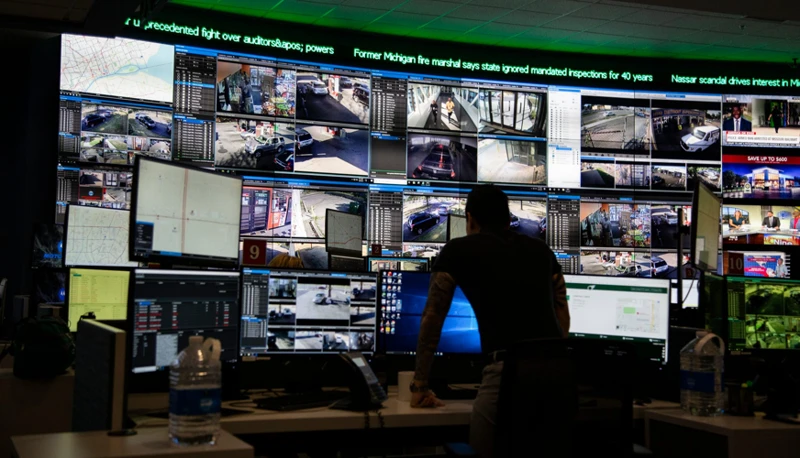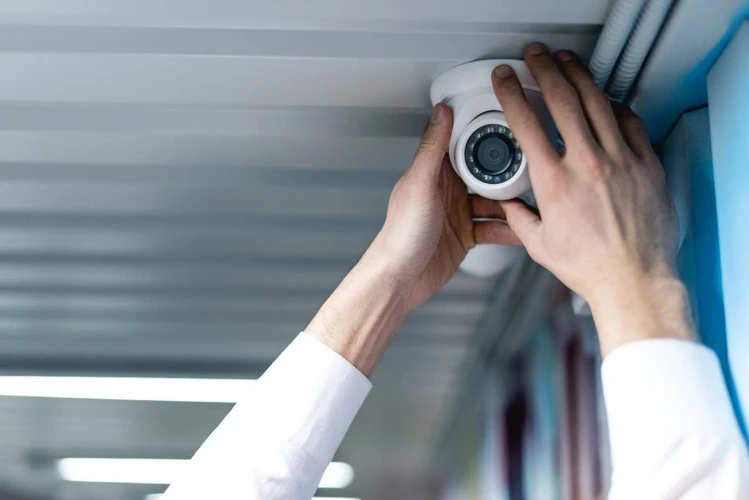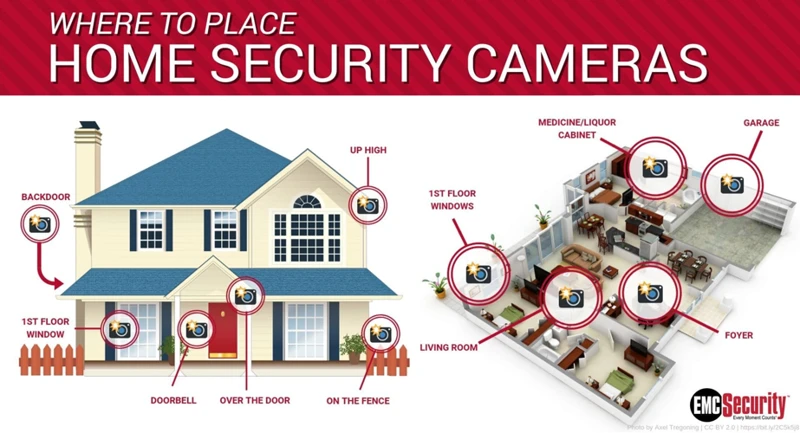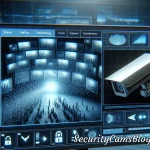Home security is a top priority for many homeowners, and with good reason. Burglaries and break-ins can happen when you least expect them, leaving you feeling vulnerable and violated. While there are many ways to protect your home, one often overlooked method is indoor surveillance. Installing indoor security cameras can not only help deter burglars but also provide valuable evidence in the event of a break-in. In this blog post, we will explore how indoor surveillance can prevent burglaries and give you peace of mind.
The Benefits of Indoor Surveillance

Indoor surveillance systems offer a range of benefits that can help protect your home and loved ones. Here are some key advantages:
Deterrence
One of the primary benefits of indoor surveillance is its deterrent effect on potential burglars. Knowing that they are being watched can make criminals think twice before attempting to break into your home. Visible security cameras can act as a powerful deterrent, reducing the likelihood of a burglary occurring in the first place.
Remote Monitoring
Modern indoor surveillance systems allow you to monitor your home remotely, giving you peace of mind when you are away. Whether you are at work, on vacation, or simply out running errands, you can check in on your home in real-time from your smartphone or computer. This added layer of security can help you feel more connected to your home and ensure that everything is safe and secure.
Evidence Collection
In the unfortunate event that a burglary does occur, indoor surveillance cameras can provide valuable evidence for law enforcement. High-quality footage of the perpetrator can help authorities identify and apprehend the criminal, increasing the chances of a successful prosecution. Additionally, having video evidence can make the insurance claims process smoother and more efficient.
Types of Indoor Surveillance Systems

There are several types of indoor surveillance systems available on the market, each with its own features and benefits. Here are some common types of indoor security cameras:
Wireless Cameras
Wireless indoor cameras are easy to install and can be placed virtually anywhere in your home. These cameras connect to your home’s Wi-Fi network, allowing you to monitor your property remotely. Wireless cameras are a popular choice for homeowners looking for flexibility and convenience.
IP Cameras
Internet Protocol (IP) cameras are digital video cameras that transmit data over a network or the internet. These cameras offer high-definition video quality and advanced features such as motion detection and night vision. IP cameras are a great choice for homeowners who want cutting-edge technology and superior performance.
Hidden Cameras
Hidden indoor cameras are designed to blend in with their surroundings, making them ideal for discreet surveillance. These cameras can be disguised as everyday objects such as clocks, smoke detectors, or picture frames, allowing you to monitor your home without drawing attention to the cameras.
Best Practices for Indoor Surveillance

To maximize the effectiveness of your indoor surveillance system, it is important to follow best practices for installation and usage. Here are some tips to help you get the most out of your indoor security cameras:
Strategic Placement
Place your indoor cameras in strategic locations that provide optimal coverage of your home. Common areas to monitor include entryways, hallways, and living rooms. Avoid placing cameras in areas where privacy is expected, such as bedrooms and bathrooms.
Proper Maintenance
Regularly check and maintain your indoor cameras to ensure they are functioning properly. Clean the lenses, check the connections, and update the firmware as needed. Performing routine maintenance can help prevent technical issues and ensure that your cameras are always ready to capture important footage.
Secure Access
Protect your indoor surveillance system with strong passwords and encryption to prevent unauthorized access. Choose unique passwords for each camera and change them regularly to reduce the risk of hacking. Additionally, enable two-factor authentication for an extra layer of security.
Cost of Indoor Surveillance

The cost of installing an indoor surveillance system can vary depending on the type and number of cameras you choose, as well as any additional features or services. While upfront costs may seem prohibitive, the long-term benefits of indoor surveillance far outweigh the initial investment. Consider the following factors when budgeting for your indoor security cameras:
Camera Quality
Higher-quality cameras typically come with a higher price tag, but they also offer better video resolution, night vision, and advanced features. Invest in cameras with good image quality and reliable performance to ensure that you capture clear footage.
Number of Cameras
The number of cameras you need will depend on the size and layout of your home. Consider how many entry points you want to monitor and where additional coverage may be necessary. While more cameras may increase the initial cost, they can provide comprehensive surveillance and greater peace of mind.
Additional Features
Some indoor surveillance systems come with extra features such as motion detection, two-way audio, and cloud storage. While these features can enhance the functionality of your cameras, they may also contribute to a higher overall cost. Evaluate your security needs and prioritize features that are most important to you.
Looking to prevent burglaries with indoor surveillance? Learn more about the role of video surveillance vs security guards, the impact of video surveillance on burglary rates, and how CCTV cameras play a crucial role in preventing theft and robbery in businesses. Additionally, find out how to protect your CCTV cameras from theft to ensure continuous security coverage.
Conclusion
Indoor surveillance is a valuable tool for protecting your home and deterring burglaries. By installing indoor security cameras, you can benefit from added peace of mind, remote monitoring capabilities, and evidence collection in the event of a break-in. Whether you choose wireless cameras, IP cameras, or hidden cameras, following best practices for installation and maintenance will help you get the most out of your indoor surveillance system. While the cost of indoor surveillance may seem daunting, the long-term benefits of enhanced home security make it a worthwhile investment. Prioritize the safety of your home and loved ones by considering indoor surveillance as a proactive measure against burglaries and intrusions.







